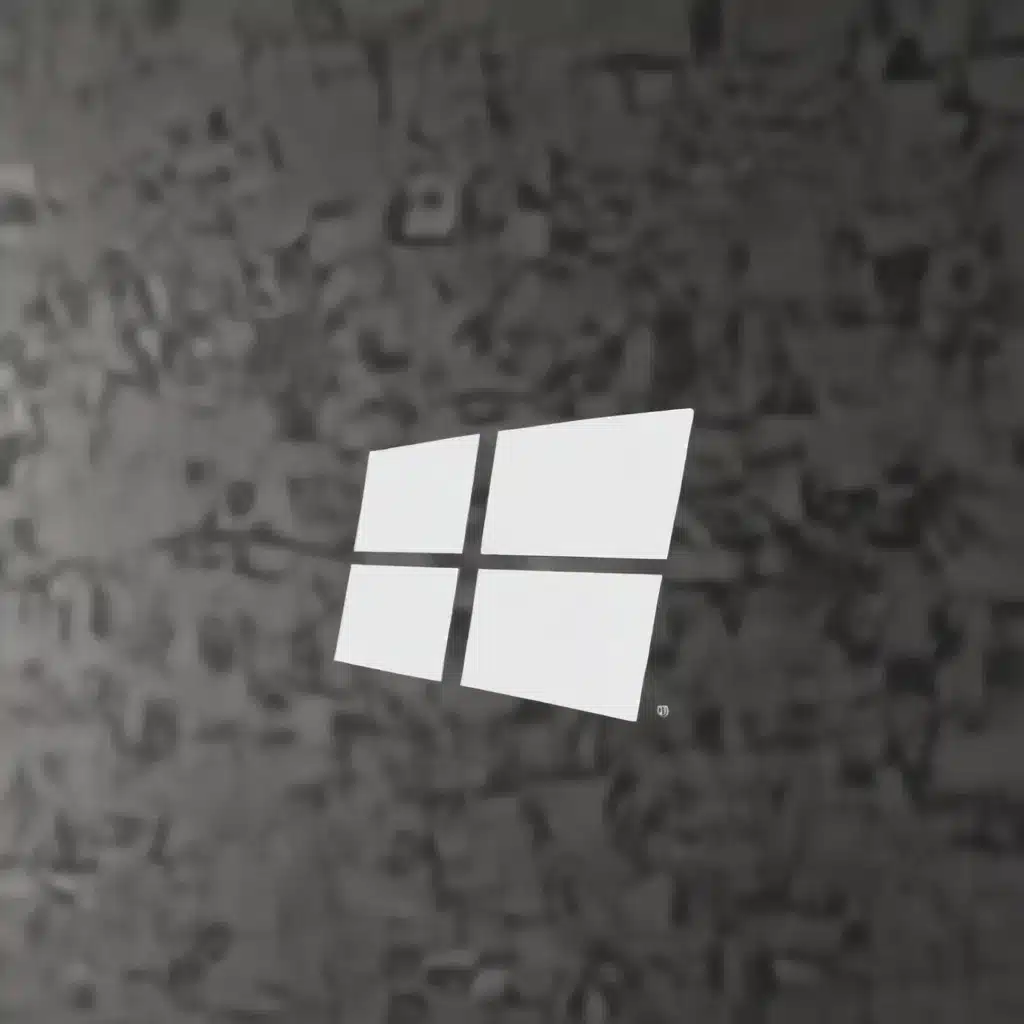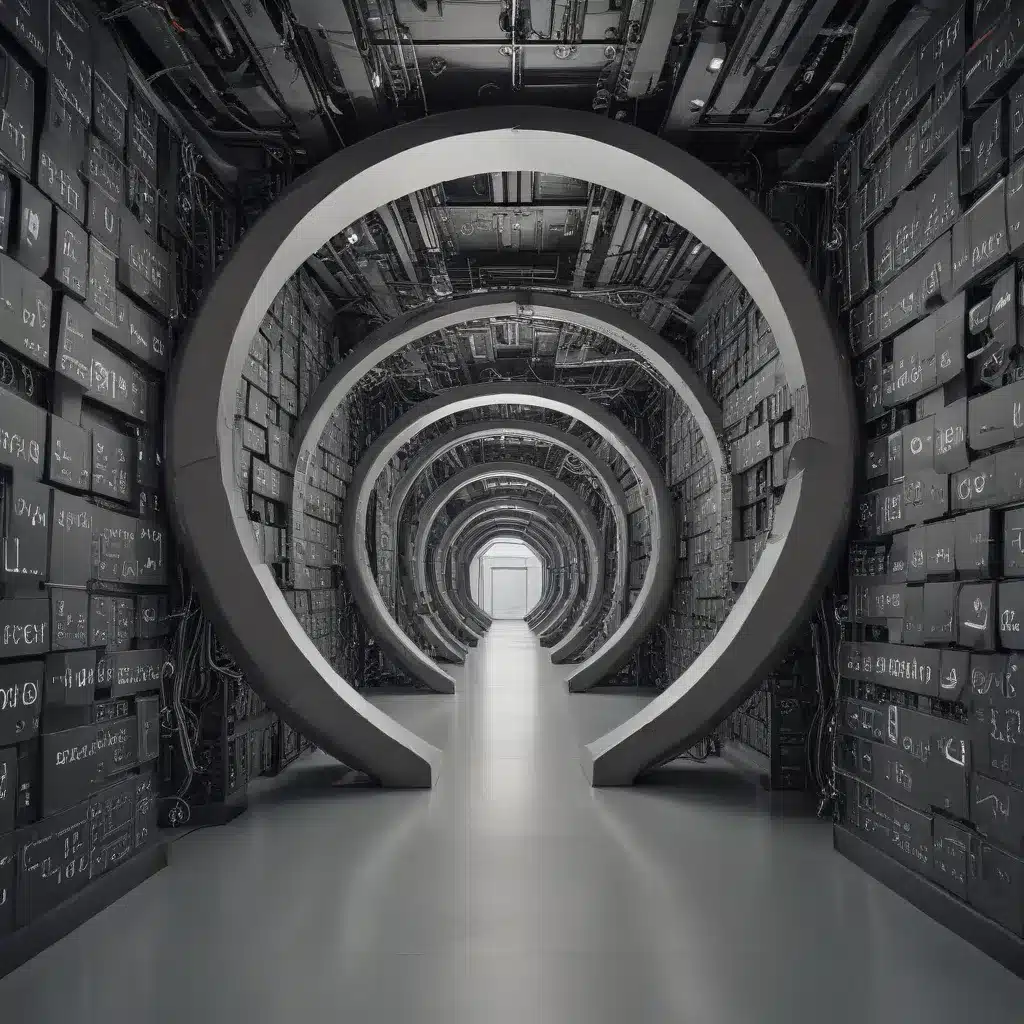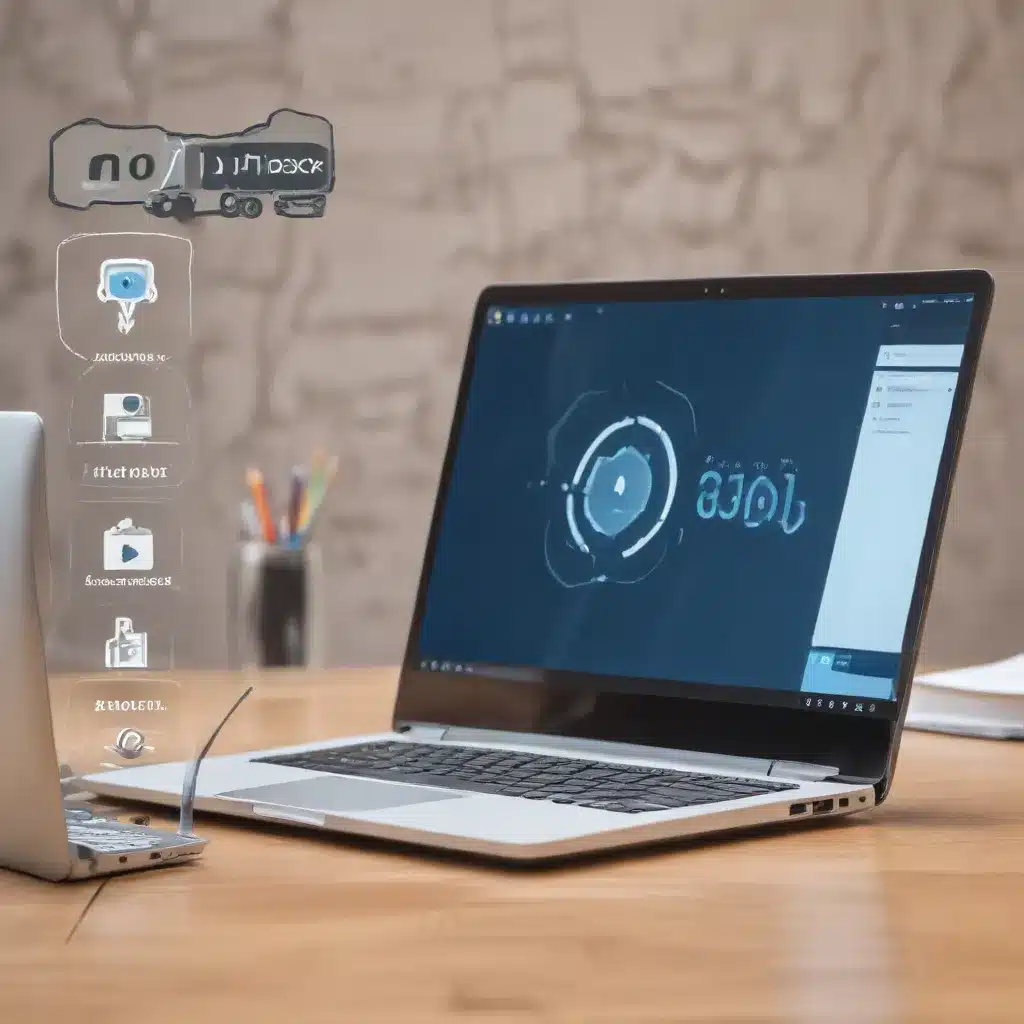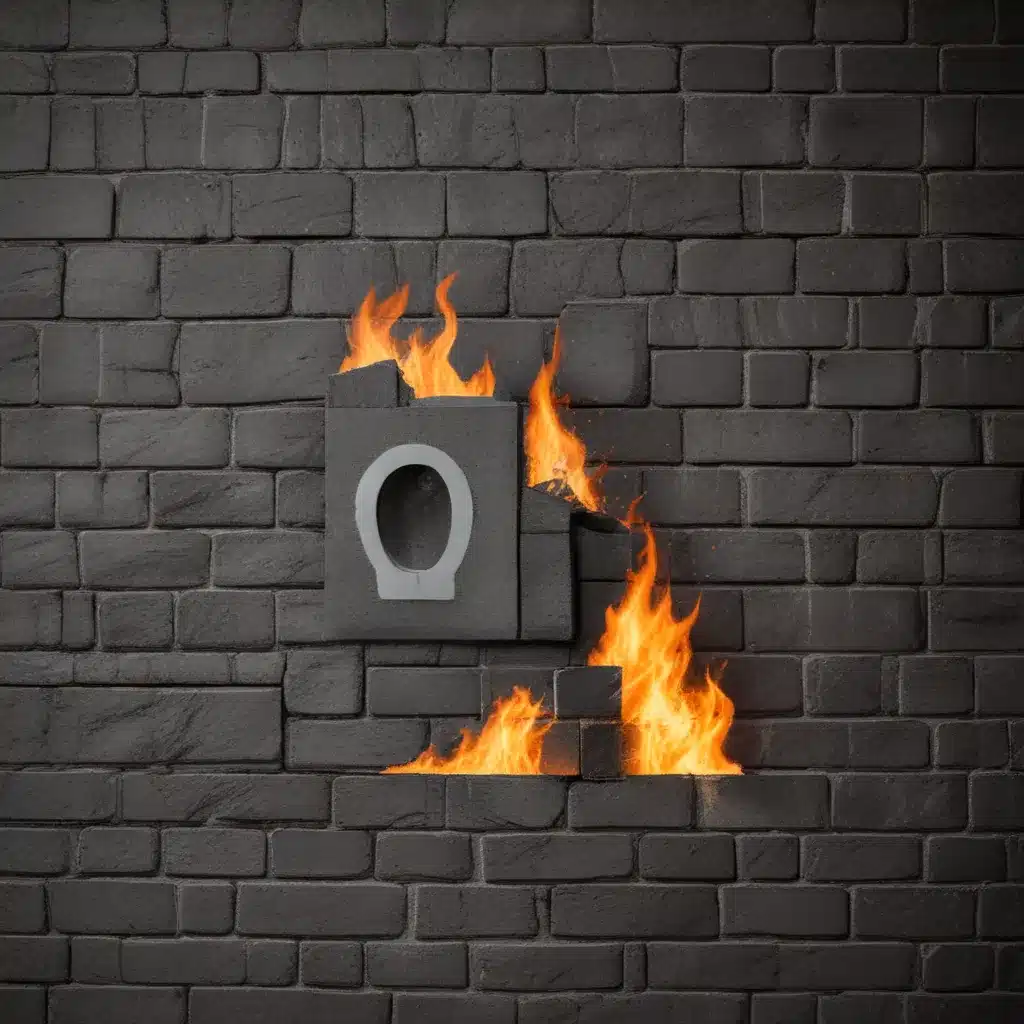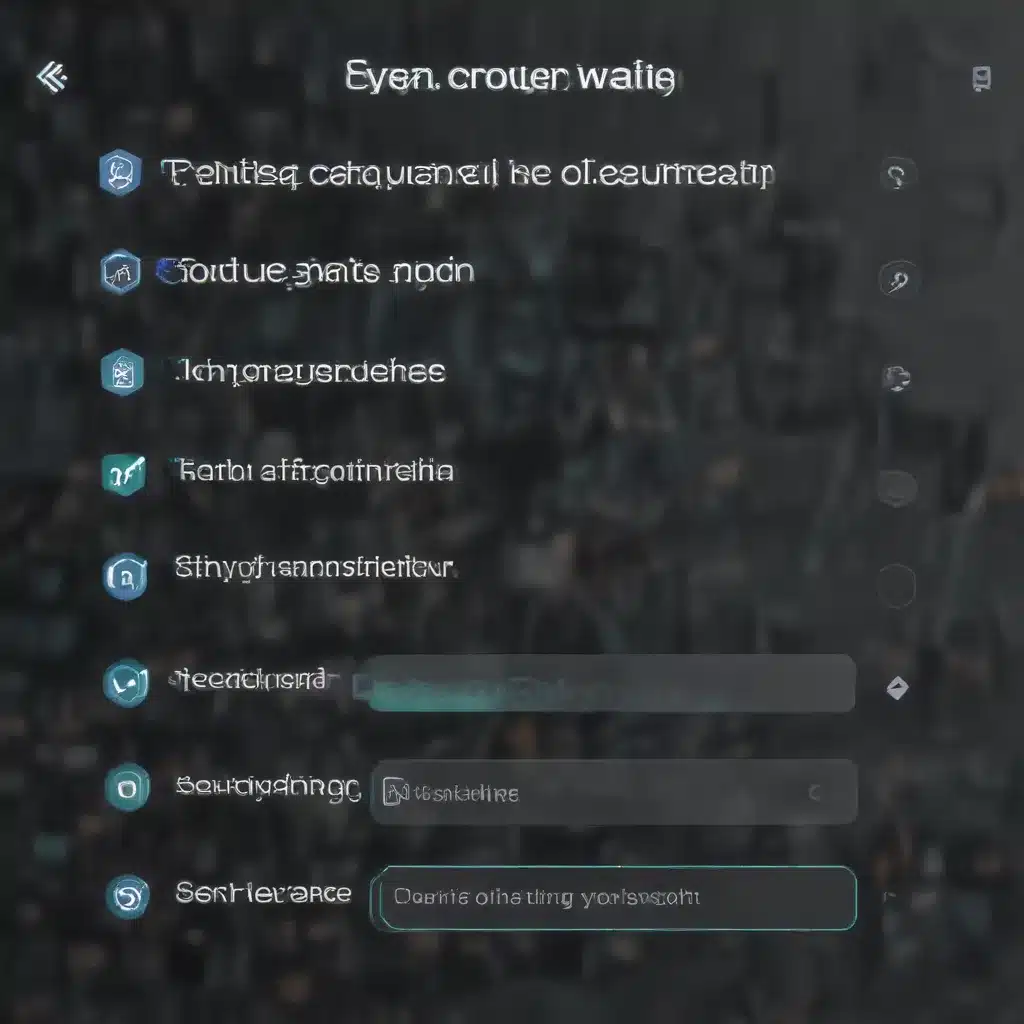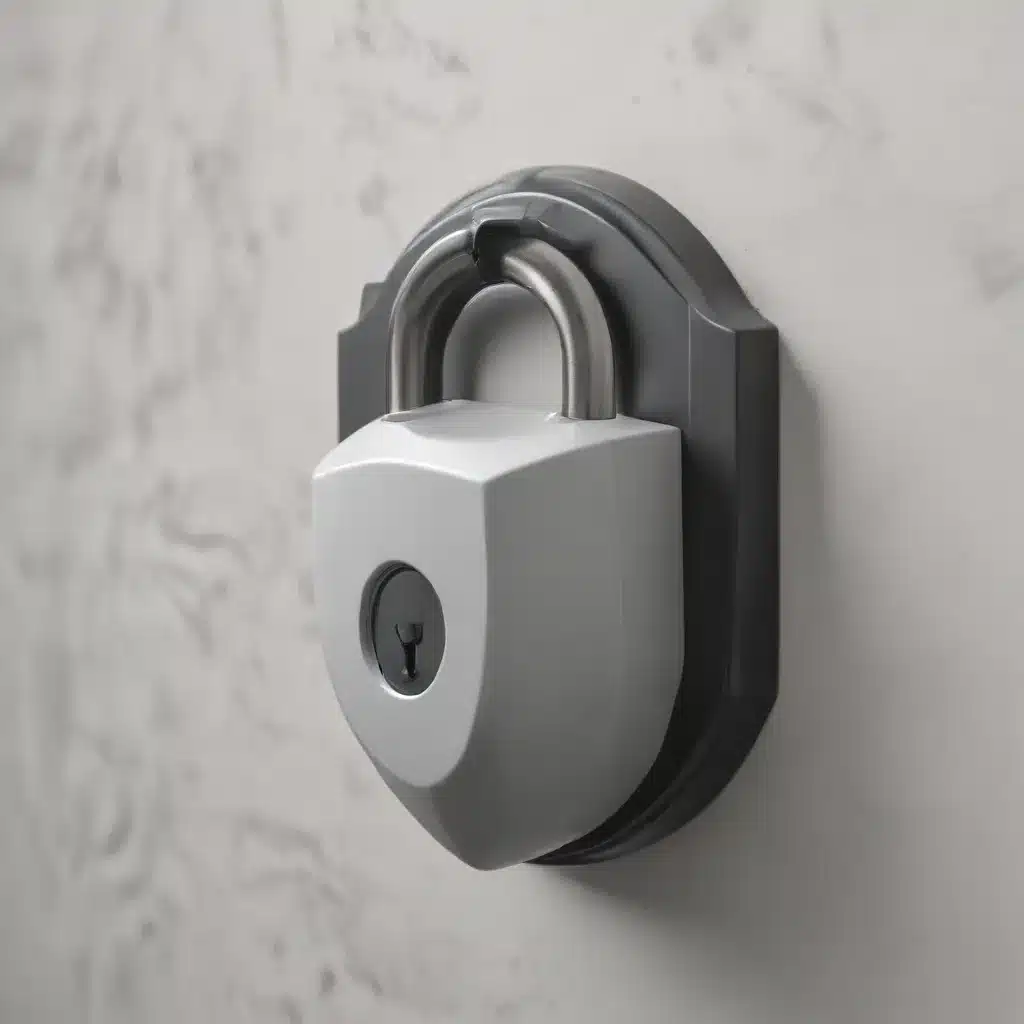In the ever-evolving world of technology, the eternal battle between the latest and the tried-and-true rages on, and the debate surrounding Windows 11 and Windows 10 is no exception. As a self-proclaimed tech enthusiast and the go-to computer repair guy for my neighborhood, I’ve had the pleasure (or should I say, the challenge) of helping folks navigate the ins and outs of these two Microsoft powerhouses.
The Great Windows Debate
Imagine a group of friends gathered around a table, each holding a steaming mug of coffee and passionately arguing about the merits of their favorite operating system. That’s exactly the scene that plays out in my workshop on a regular basis. Some swear by the familiarity and reliability of Windows 10, while others are all-in on the shiny new features of Windows 11. And let me tell you, these debates can get heated – we’re talking about the digital equivalent of choosing between a classic sports car and the latest high-tech model.
A Comprehensive Comparison
To help settle the score once and for all, I’ve delved deep into the nitty-gritty of Windows 11 and 10, combing through the latest updates and features from Microsoft’s own tech community as well as the insights of fellow tech enthusiasts on Reddit. And let me tell you, the differences between these two Windows powerhouses are more than just skin-deep.
The Ins and Outs
Let’s start with the basics: Windows 11 boasts a sleek, modern interface that’s sure to catch the eye of any tech-savvy user. The redesigned Start menu, taskbar, and overall visual aesthetic are a far cry from the familiar (some might say ‘dated’) look of Windows 10. But don’t let the fresh coat of digital paint fool you – there’s a lot more going on under the hood.
Digging into the Details
One of the most significant changes in Windows 11 is the introduction of the Microsoft Store, a one-stop-shop for apps, games, and even entire software suites. Gone are the days of scouring the internet for the perfect program – now, everything you need is just a click away. And with the added security features, you can rest easy knowing your digital investments are safe and sound.
But wait, there’s more! Microsoft has also made some notable improvements to the user experience, with enhanced multitasking capabilities, better window management, and a streamlined search function that puts the information you need right at your fingertips. And for those of us who love to tinker under the hood, Windows 11 offers a wealth of customization options, allowing you to tailor your digital workspace to your heart’s content.
The Familiar and the New
Now, I know what you’re thinking: “But what about my tried-and-true Windows 10? Surely it hasn’t been left in the digital dust?” Fear not, my friends. While Windows 11 may be the shiny new toy on the block, Windows 10 is still a force to be reckoned with.
One of the biggest advantages of sticking with Windows 10 is the familiarity factor. If you’ve been using Microsoft’s operating systems for years, the transition to Windows 11 may feel a bit jarring – kind of like switching from your trusty old sedan to a sleek, high-tech sports car. Windows 10 offers a more comfortable, familiar user experience that can be a lifesaver for those who aren’t keen on change.
Comparing the Versions
But let’s not forget that Windows 10 has also evolved over the years, with a steady stream of updates and improvements. In fact, the latest versions of Windows 10 Home and Pro offer a number of features that rival their Windows 11 counterparts, including enhanced security, improved multitasking, and a more intuitive interface. And for those who need a little extra oomph, the Pro version even includes business-oriented tools and productivity features that can give you a real edge in the digital world.
To help you make an informed decision, I’ve put together a handy comparison table that lays out the key differences between Windows 11 and 10, as well as the various Windows 10 versions:
| Feature | Windows 11 | Windows 10 Home | Windows 10 Pro |
|---|---|---|---|
| User Interface | Modern, streamlined design | Familiar, classic look | Familiar, classic look |
| Microsoft Store | Integrated app marketplace | Available, but less prominent | Available, but less prominent |
| Multitasking | Enhanced window management, snap layouts | Improved multitasking tools | Improved multitasking tools |
| Security | Improved security features, including Secure Boot and Windows Defender | Strong security features, including Windows Defender | Enhanced security features, including BitLocker encryption |
| Productivity Tools | Improved productivity features, including Teams integration | Basic productivity tools | Advanced productivity tools, including Remote Desktop and BitLocker |
| System Requirements | Higher system requirements, may not run on older hardware | Compatible with a wider range of hardware | Compatible with a wider range of hardware |
The Final Verdict
So, which Windows version is the clear winner? The truth is, there’s no one-size-fits-all answer. It all comes down to your personal preferences, needs, and the capabilities of your hardware. If you’re a fan of the latest and greatest, Windows 11 might be the perfect fit. But if you value stability, familiarity, and a wider range of hardware support, then Windows 10 may be the way to go.
Ultimately, the choice is yours. But if you’re still on the fence, why not swing by my workshop and we can discuss the pros and cons in person? I’ll even throw in a free cup of coffee – because let’s face it, no tech debate is complete without a steaming mug of the good stuff.






